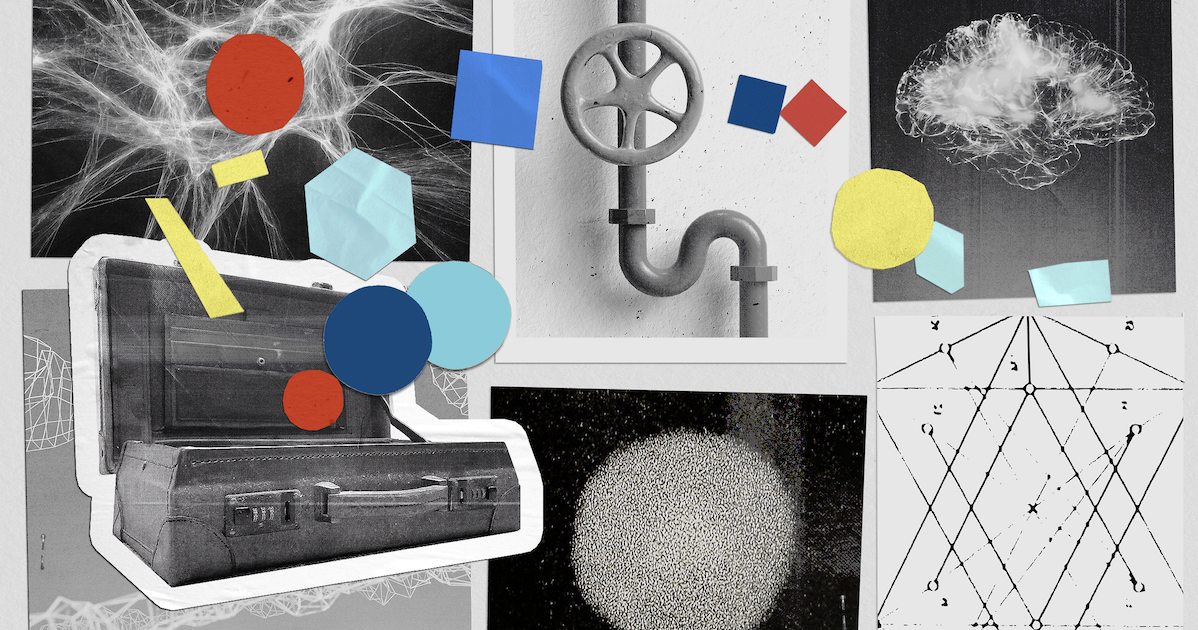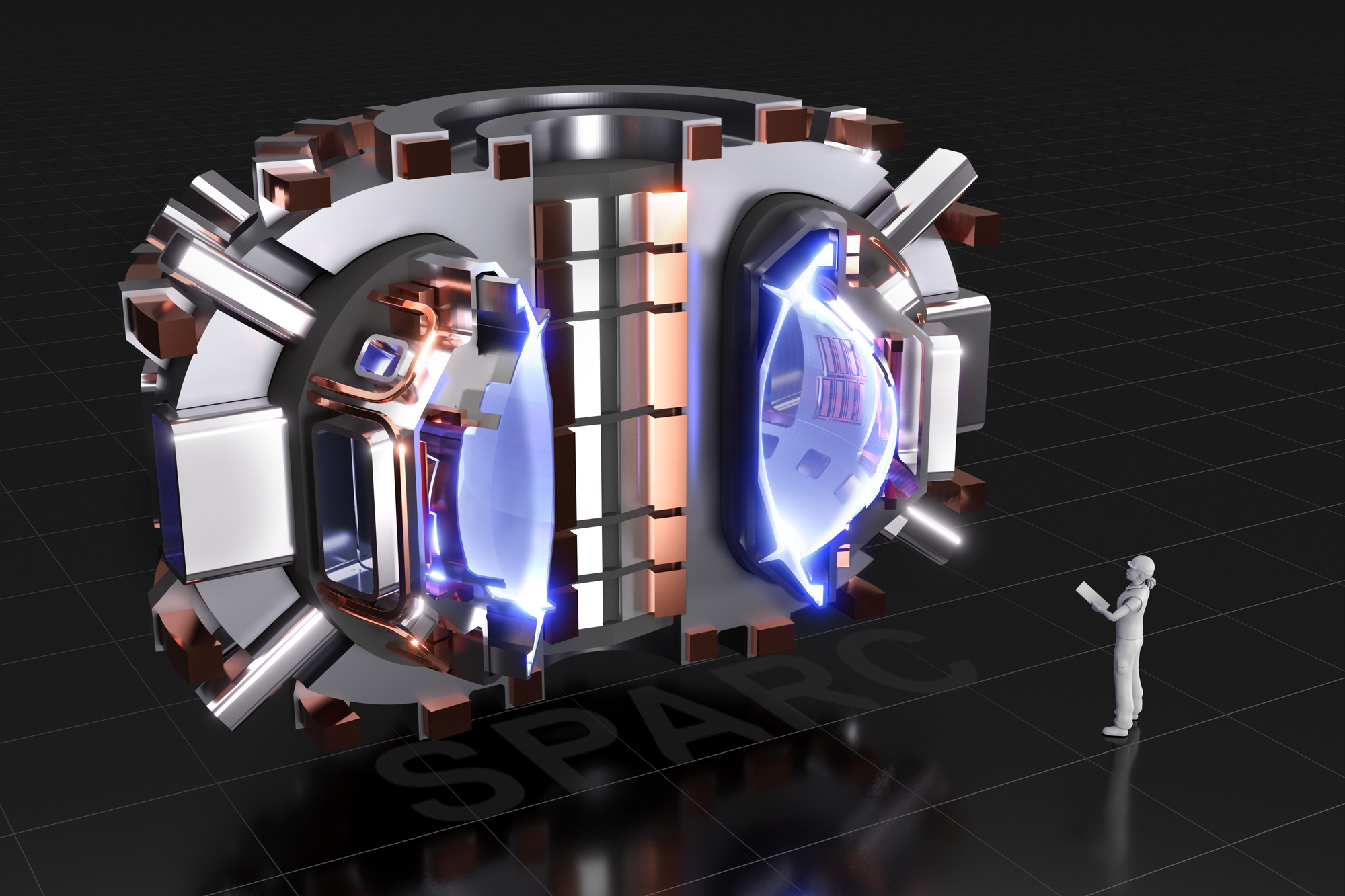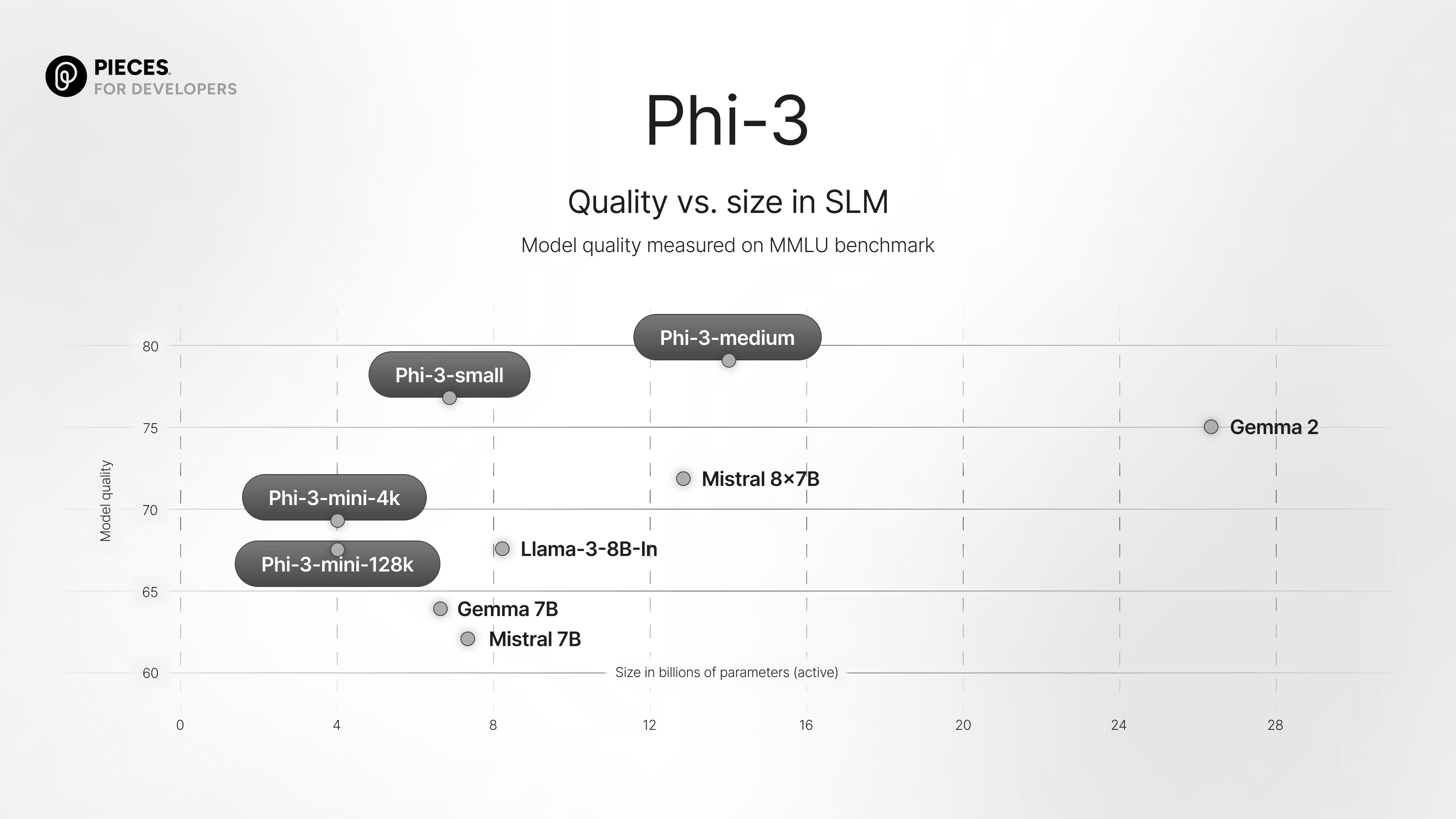
What are mechanisms? Unpacking the term is key to progress in neuroscience
In neuroscience, “mechanism” is a common and powerful concept. Mechanisms are often viewed as causal systems, which helps explain their central role in neuroscience. Causes are factors that can control, predict and explain their effects, giving us an understanding of why things happen and a way to target future outcomes. Identifying causal relationships and systems is necessary to understand the natural world, and the brain is no exception. Uncovering the causal structure of the brain—whether at the molecular, cellular, neural-circuit or brain-region scales—plays a crucial role in our understanding of how the brain works.
Mechanism isn’t just a common causal concept in neuroscience—it is often viewed as the causal concept required to understand the brain. To that end, funding agencies, including the National Science Foundation and the National Institutes of Health, and top neuroscience journals often refer to “mechanism” and “mechanistic findings” to determine what research they should fund and publish. It’s clearly a status term in neuroscience, intended to capture the standard of quality work in the field.
Despite its centrality and use as a field-wide standard, though, mechanism means different things to different people. To some neuroscientists, mechanisms are reductive causal systems, with lower-level parts that mechanically or locally interact. Standard examples are mechanisms of neuron firing, gene expression and antibody production, all of which fall at the molecular and cellular level. This traditional mechanism view is related to machine-like conceptions of biological systems, in which systems comprise lower-level causes, and these causes interact in close spatial proximity.





















